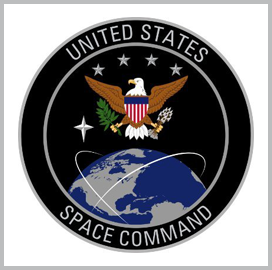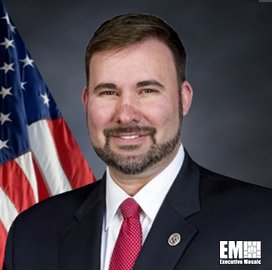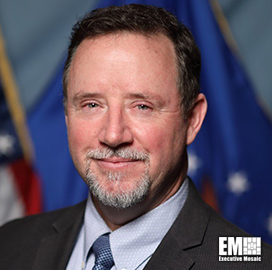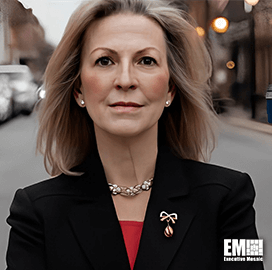According to Barbara Golf, strategic adviser for space domain awareness at the Space Systems Command, the Joint Commercial Operations cell, which she also leads, will take on tactical surveillance, reconnaissance and tracking, or Tac-SRT, missions beginning Oct. 1, Breaking Defense reported Tuesday.
Tac-SRT data will be collected by the JCO from commercial remote sensing satellite operators, Golf said at the recent Advanced Maui Optical and Space Surveillance Technologies conference.
The head of the JCO explained that the Tac-SRT work will be carried out in coordination with the intelligence community, especially the National Geospatial-Intelligence Agency, to avoid duplication of effort. The NGA collects remote sensing imagery from the National Reconnaissance Office as well as imagery analysis from commercial providers.
“We are actually collaborating with the IC. We don’t double buy. We check NGA imagery libraries first to make sure we don’t already have information. We take everything we purchase and put it back in those libraries,” Golf said.
A part of the U.S. Space Command, the JCO cell was previously called Joint Task Force-Space Defense Commercial Operations until it was renamed in December 2023. Its purpose is to provide space domain awareness. It works with NATO and 14 other countries.















